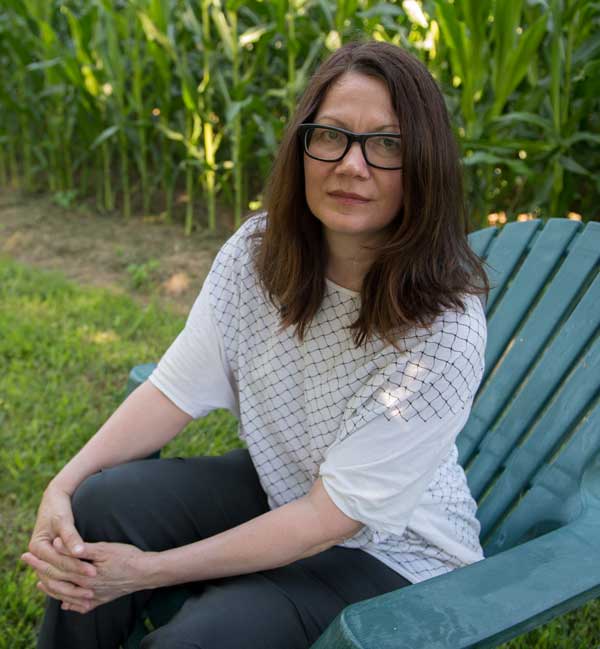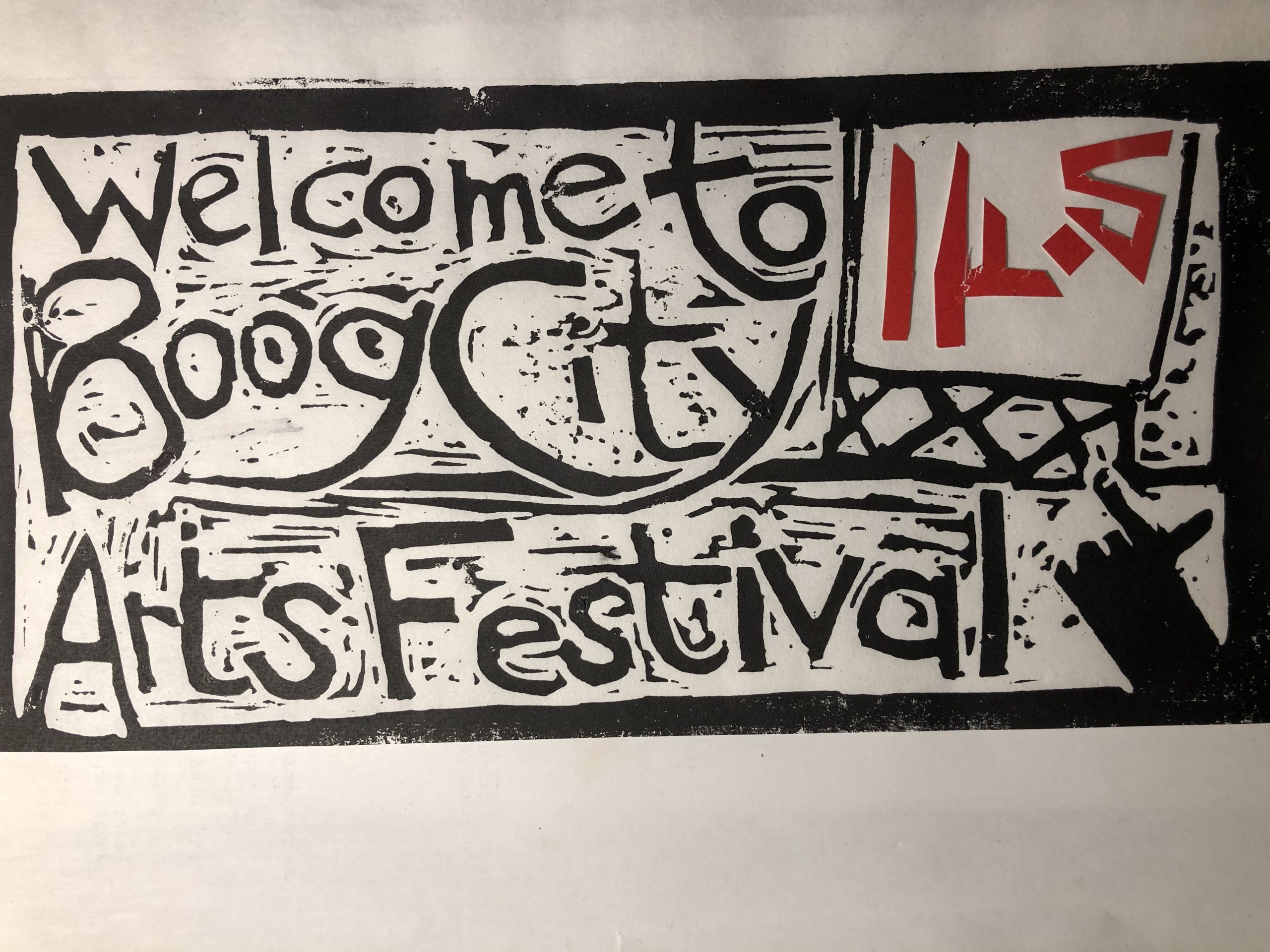When David asked me to write something in honor of Anne’s birthday, my brain went haywire, how to address the various ways Anne has enriched my life? Since meeting Anne in the ’90s, I have watched her “vow to poetry” in action: the bold and brilliant evolution of her work and performance; the transmission of lineage while remaining open to change and welcoming of emerging poets into the space; In relationships, the necessity of repair; negotiations and forgiveness, and the cherishing of one’s peers, elders and poetry communities.
I am away from my books, so I am writing about listening to one of my favorite poems by Anne, “Hopes and Fears.”
In the online Naropa archives I found a recording of Marianne Faithfull’s Lyric Song Writing class from 1988. She’s a natural teacher of the art of songwriting. She knows where she wants to go and starts with a discussion of her own “fear of being judged” and “fear of waking up with a stranger” that she says happened often when she was using. Faithfull asks the class to collaborate on a list of fears, and then she talks about recording Anne’s “Hopes and Fears” for her next record. Faithfull reads the entire poem, about 20 minutes; she slows down the tempo, lets the words sink in. Her interpretation is profound.
For Anne’s 75th birthday, the artist and poet No Land, collaborated with Anne to make The Evening of the Day (https://allenginsberg.org/2020/05/67450/), a film poem, dedicated to Marianne Faithfull in memory of the beloved music producer Hal Willner who died of Covid 19 earlier this year. The film begins with an epigram from Keats, “uncertainties, mysteries, doubts” and Faithfull reads from the beginning of “Hopes and Fears” as images of our turbulent times play. The film gathers archival photographs by Allen Ginsberg, along with other footage of these two outriders, Anne and Marianne, as kindred spirits, as sisters, as artists.
There is something about “Hopes and Fears” that reminds me of Virginia Woolf’s short story “Kew Gardens;” part disembodied voices, and characters, snippets of conversations floating in the air. More importantly, I love that “Hopes and Fears” assures us that we are not alone in our struggle against existential elements “Wake in the morning: the clock, the day, job” and that hope, the counter-balance to fear, propels us forward despite our fears. Hope to overcome the dread of loneliness, and even the nervously chattering friend, or hope to see a lover again, and “to be in a well heated place, a place with light.” Hope in the face of rubber bullets and tear gas. Hope to topple old monuments. “Hopes and fears,” we have them.

Brenda Coultas’ poetry can be found in Bomb and The Brooklyn Rail and the anthologies Readings in Contemporary Poetry published by the DIA art foundation; What is Poetry (Just Kidding, I Know You Know) Interviews from the Poetry Project newsletter, (1983-2009); and Symmetries Three years of Art and Poetry at Dominque Levy. This spring she completed an artist residency at the Robert Rauschenberg Foundation in Captiva, Fla.

